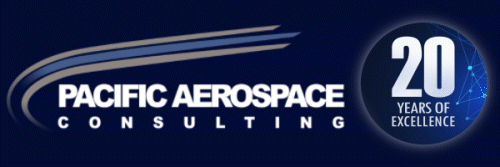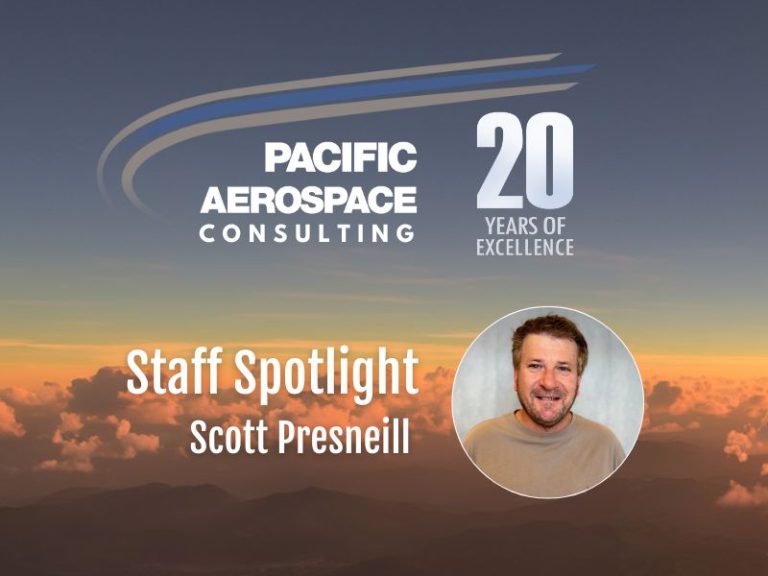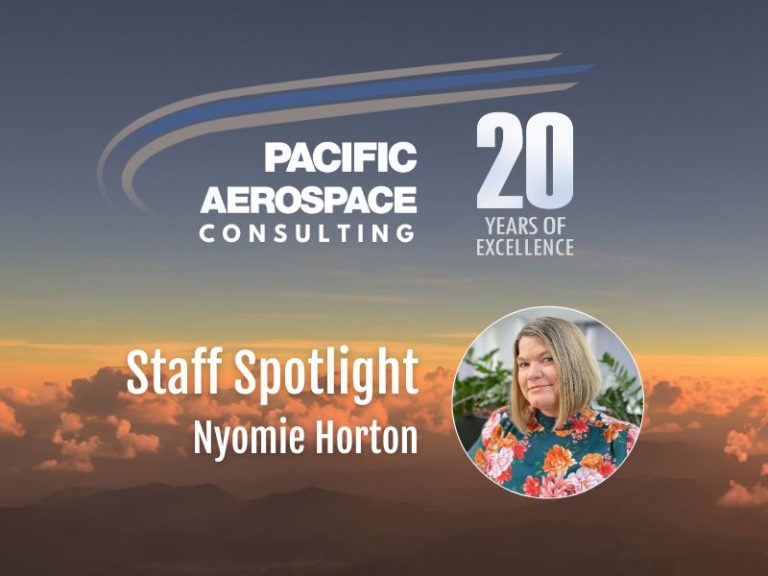That sounds better than saying, “I’m hydraulic fracturing” concerned.
Fracking, or hydraulic fracturing, is a technique used by oil and gas industries to locate and release untapped fossil fuels in the earth. The technique introduces chemically treated (including heavy amounts of salt) water underground and into porous rock to release trapped resources.
Why am I concerned? The answers to the following questions were gathered from multiple stories on the subject by Associated Press writers, Julie Carr Smyth, Kevin Begos, Mary Esch, and Justin Juozapavicius.
The term fracking is new, but is the technique new? Hydraulic fracturing, first done in the US over 60 years ago, and has been done over 2 million times since. In fact, from what I read, approximately 90 percent of all active US gas wells were hydraulically fractured.
So why all of the fuss now? It’s happening on a much larger scale, given the growing scarcity of easily accessible fossil fuel deposits. Vertical drilling released a small amount of usable gas for a lot of effort and expense. Drilling down then horizontally releases more resources from the earth, but takes lots of water. Massive amounts. Like millions of gallons.
And that’s bad… how? About 90% of the heavily salted water pumped into the ground stays there. The 10% that resurfaces with the gas is radioactive and mixed with crud. And it’s susceptible to entering our drinking water. Some waste treatment plants handle frack water, but none fully treat it to strict drinking standards. The partially treated water is then released into rivers and streams, and assumed to be diluted to safe levels by the time it travels downstream.
What?? Studies show that radioactive particles may be within safe ranges downstream (whatever “downstream” means), but bromides don’t dilute easily. In fact, when bromides mix with chlorine in public water plants, it can affect the central nervous system, liver, kidneys and heart, and possibly cause rectal, colon and bladder cancer.
What’s the chance of that happening? Recently, high bromide levels were detected in Pennsylvania rivers. Gas companies are expected to stop transporting frack water to water treatment plants in that area.
Is my drinking water polluted from fracking? From the process itself? The answers are phrases like, “very unlikely,” and “incredibly remote”. Can it be polluted from the products of fracking? Reports say it probably already is.
So my water is dangerous to drink? Maybe. Depends on where you live. The layer of shale being fracked is at least a mile below the surface. Multiple layers of “impermeable rock” exist between the mined shale and your drinking water . There’s no guarantee that tainted frack water will never find an underground fault and travel to the aquifer. But find comfort in the fact that it is, “very, very unlikely”.
What is really in frack water? Oil and Gas companies inject a fracking cocktail into the ground. Trace chemicals were once secret but can now be found online. Chemicals range from lip-puckering citric acid, to trimethylbenzene, which is known to pucker reproductive systems and deform animal fetuses after prolonged exposure. Sometimes 2-butoxyethanol is used, which is known to destroy red blood cells and damage bone marrow. All of the bad things appear only after prolonged exposure (see the last sentence of ,”Is my drinking water polluted from fracking” question).
In what concentration? Chemicals account for less than 0.5%. The rest of fracking water is water and sand.
So… it’s not as bad as you led me to believe? According to a government report released last week, that 0.5% adds up to almost 800 million gallons of chemicals into the earth over four years in the US alone.
At least we’ve got a handle on well locations so we can monitor this stuff, right? Ever since Edwin Drake’s first well drilling in Titusville, Pennsylvania in the mid 1800s, approximately 350,000 oil and gas wells have been drilled in the state of Pennsylvania alone. More than half of them were never recorded. We have no idea where they are.












